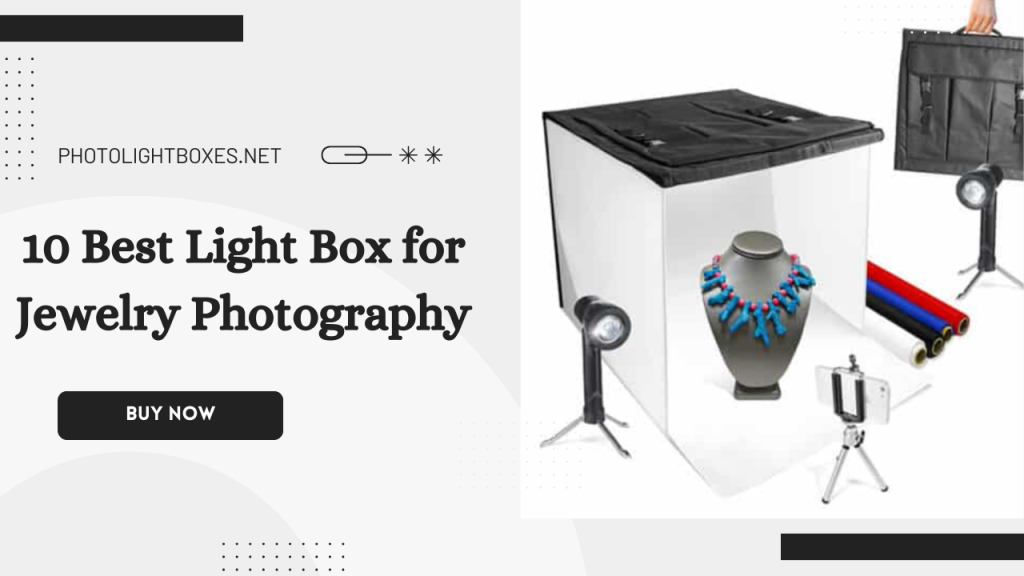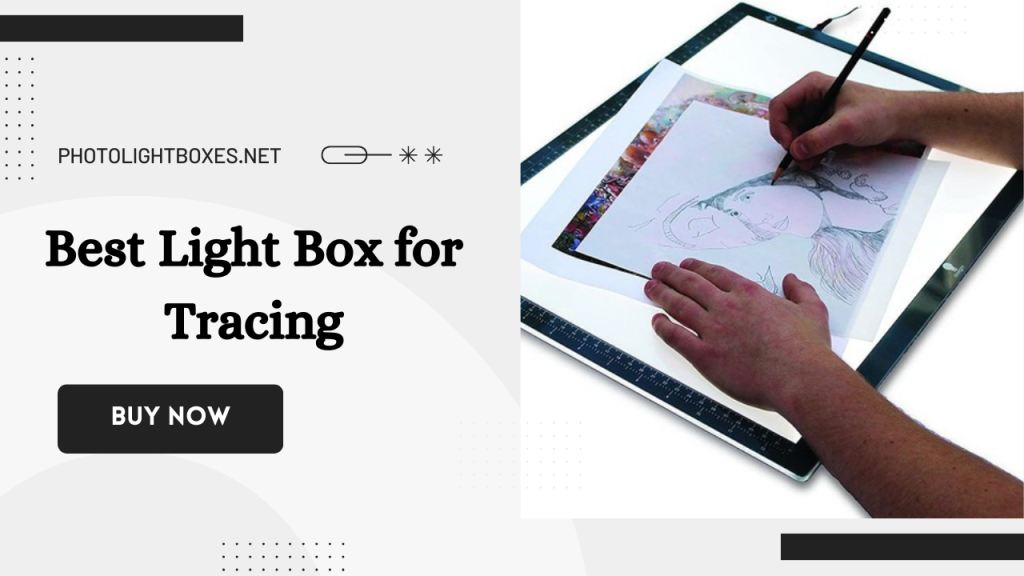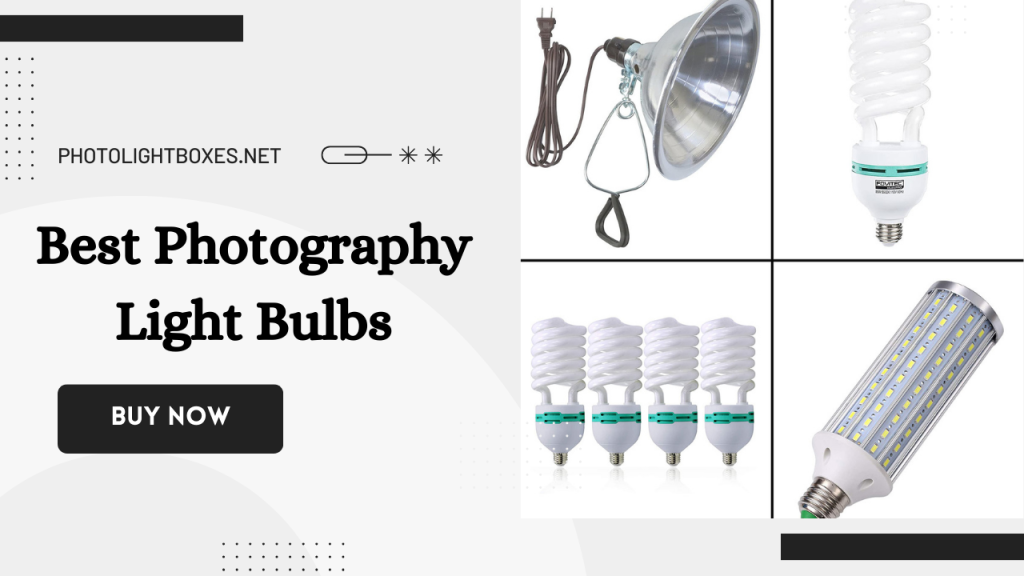Real estate photography differs from other types of photography in its purpose, subject, composition, and editing. Real estate photographers aim to sell a property by showcasing its best features accurately and appealingly to potential buyers. The best type of camera for real estate photography is a full-frame DSLR or mirrorless camera. Full-frame cameras have larger sensors than APS-C or crop sensors, which gives them better low-light performance and more dynamic range.
From beginners to professionals to expensive to affordable, we took plenty of time to analyze the cameras available for real estate photography. Some of them were disappointing, while there were the best real estate photograph cameras that got our attention. Removing the low-quality cameras, we list these high-quality cameras for real estate photography.
Best Camera for Real Estate Photography
1. Canon EOS 5D Mark IV- Best Canon Camera for Real Estate Photography
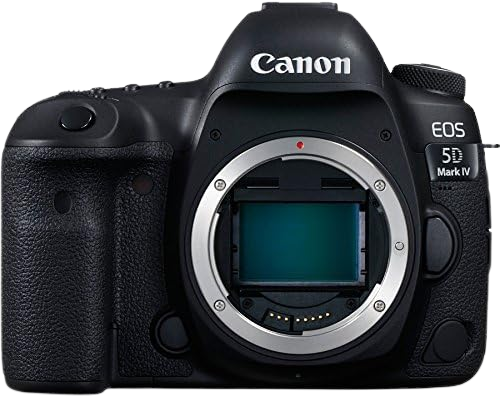
Key Features
- Sensor Size 35mm
- Wide-Angle Lens Compatibility Yes
- Bracketing and HDR Capability Yes
- Manual Controls Full manual controls
- High resolution 30.4 megapixels
- Fast autofocus Yes
The Canon EOS 5D Mark IV is an exceptional choice for real estate photographers to elevate their property photography game. The 30.4 Megapixel full-frame CMOS sensor is a great feature for superb image quality in a wide range of lighting conditions.
With an ISO range of 100-32000 (expandable to 50-102400), it works great in low-light situations. You can capture the essence of a property perfectly.
What sets the EOS 5D Mark IV apart is its 4K video features, which are a valuable addition to top real estate photography. It effortlessly records 4K video, allowing you to create immersive property tours and showcase the finest details of a home. Dual Pixel CMOS AF ensures smooth and precise autofocus during video recording.
The 61-point AF system is another great addition to the camera when you need to capture wide shots of interiors or expansive outdoor spaces. Its low-light performance and compatibility with various lens and extender combinations at f/8 make it a reliable choice for real estate photography.
The 3.2-inch touch panel LCD simplifies the shooting process. You can easily select focus points and review images with ease. Even in bright outdoor conditions, the LCD remains visible to ensure you can compose and review shots accurately.
With a continuous shooting speed of up to 7.0 fps, the EOS 5D Mark IV enables you to capture multiple images quickly to capture every angle or detail. The DIGIC 6+ Image Processor enhances speed and image quality, which is critical for showcasing properties effectively.
There are Built-in Wi-Fi and NFC connectivity to streamline your workflow and make it effortless to transfer property photos to your smartphone for quick sharing or uploading to real estate listings. The GPS feature is a bonus to geotag property locations for added detail.
Pros & Cons
Pros
- Responsive Dual Pixel CMOS autofocus
- Wide AF system coverage
- Intuitive 3.2-inch touch panel LCD screen
- High-speed continuous shooting at 7.0 fps
- Built-in Wi-Fi and NFC
Cons
- Bulky and heavy design
Check Out More Reviews Here.
Product link
2. Nikon D850- Best Nikon Camera for Real Estate Photography
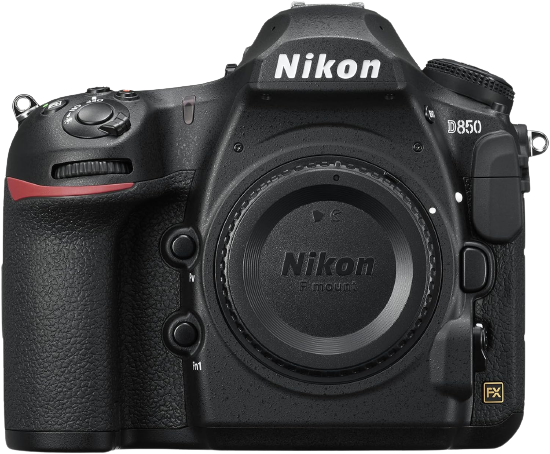
Key Features
- Sensor Size 35 mm
- Wide-Angle Lens Compatibility Yes
- Bracketing and HDR Capability Yes
- Manual Controls Yes
- High resolution 45.7 megapixels
- Fast autofocus 153 focus points
Nikon D850 FX-Format Digital SLR Camera got my attention with its ideal features necessary for every real estate photographer. The D850’s 45.7-megapixel BSI FX-format sensor is the best feature for capturing the finest details of properties.
It allows me to produce stunning, high-resolution images that make even the smallest architectural elements pop. Plus, with its impressive 9 fps continuous shooting, I can capture fast action shots effortlessly, perfect for showcasing spacious interiors and outdoor landscapes.
The ISO 64 base setting of the Nikon D850 is a gift for real estate photographers. It provides an incredible dynamic range to ensure that both shadow and highlight details are preserved. This is crucial for interiors where you want to showcase the well-lit living room and the view from the window.
The Silent Photography mode in Live View works best when I need to work discreetly, such as during weddings or events at properties. It allowed me to shoot in complete silence without disturbing the surroundings.
The tilting 3.2-inch touchscreen LCD makes it easy to compose shots from tricky angles, like low shots of stylish flooring or high shots of spacious ceilings. The touch functionality simplifies navigation and focus control.
The D850 inherits the ultra-accurate AF system from the flagship D5. With 153 focus points and remarkable low-light performance, it provides sharp images. Tracking subjects during high-speed shooting is a breeze, and you can easily capture the flow of space in large properties.
For those times when I need to add video tours to my real estate listings, the D850 delivers spectacular 4K Ultra HD video. It’s a versatile tool for creating engaging property walkthroughs, and the camera’s large sensor size provides outstanding image quality.
Controlling external Speed lights wirelessly is another fantastic feature, especially when I want to enhance interior shots with professional lighting setups. It allows me to balance ambient and artificial light for that magazine-worthy look perfectly.
The ability to create both 4K and 8K time-lapse sequences in-camera is a creative powerhouse. It’s a unique selling point for my real estate services, allowing me to offer captivating, dynamic property showcases.
Last but not least, the SnapBridge app simplifies the transfer of images to my smartphone or tablet. It keeps me connected to the D850 for sharing and remote shooting when needed.
Pros & Cons
Pros
- Excellent low-light performance
- High-resolution sensor for exceptional detail
- Silent Live View mode
- Wireless lighting control with Speedlights
- In-camera 4K and 8K time-lapse creation
Cons
- Bulky and heavy design
Check Out More Reviews Here.
Product link
3. Canon EOS 5D Mark IV- Best Canon Camera for Real Estate Photography
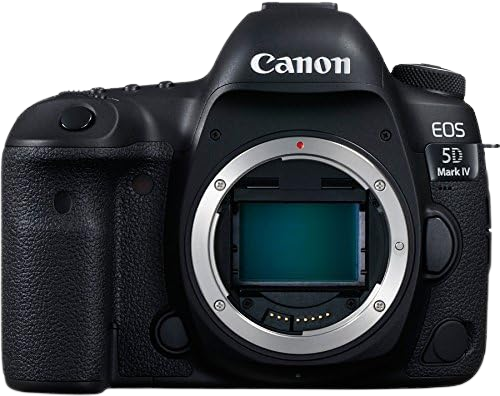
Key Features
- Sensor Size 35mm
- Wide-Angle Lens Compatibility Yes
- Bracketing and HDR Capability Yes
- Manual Controls Yes
- High resolution 30.4 megapixels
- Fast autofocus 61 focus points
The Canon EOS 5D Mark IV is another best camera for real estate photography. The Canon EOS 5D is your trusty companion, ready to deliver stunning image quality every single time. Its 30.4 Megapixel full-frame sensor works in various lighting conditions, from dimly lit interiors to vibrant outdoor scenes. The best part is the camera doesn’t produce any loud noise while keeping your images crystal clear.
This real estate camera is not just about jaw-dropping photos; it’s a video powerhouse, too. It effortlessly records 4K video with cinema-like precision. If you need to switch from photos to videos in a snap, its Dual Pixel CMOS AF ensures smooth and accurate autofocus for both.
Speed is one of the essential features of real estate photography, and the EOS 5D Mark IV has everything for you. With a rapid-fire 7.0 fps continuous shooting speed, it captures every crucial moment, whether a dynamic interior shot or a beautifully landscaped backyard.
The 3.2-inch touch panel LCD makes navigating settings a breeze. It’s intuitive, and you can select focus points with a tap. Also, it’s designed to remain visible even when wearing polarized sunglasses.
One of the best features of this Canon camera for real estate photography is its 61-point High-Density Reticular AF II system. With low-light performance that goes down to EV -3, it’s like having a spotlight in your camera. Trust me; you won’t struggle to focus in dimly lit rooms or evening photography.
The in-camera Digital Lens Optimizer fixes aberrations, distortion, and even diffraction without slowing down. Simply put, you have your photo editor inside the camera.
You can easily transfer images to your devices or social media with built-in Wi-Fi and NFC. There is a GPS feature to add geotag information, making it effortless to track locations for your real estate listings.
Pros & Cons
Pros
- Rapid 7.0 fps continuous shooting speed
- Intuitive 3.2-inch touch panel LCD
- Highly advanced 61-point AF system
- In-camera lens correction
- Built-in Wi-Fi and GPS
Cons
- Limited battery life
Check Out More Reviews Here.
Product link
4. Sony a6400- Best Mirrorless Camera for Real Estate Photography
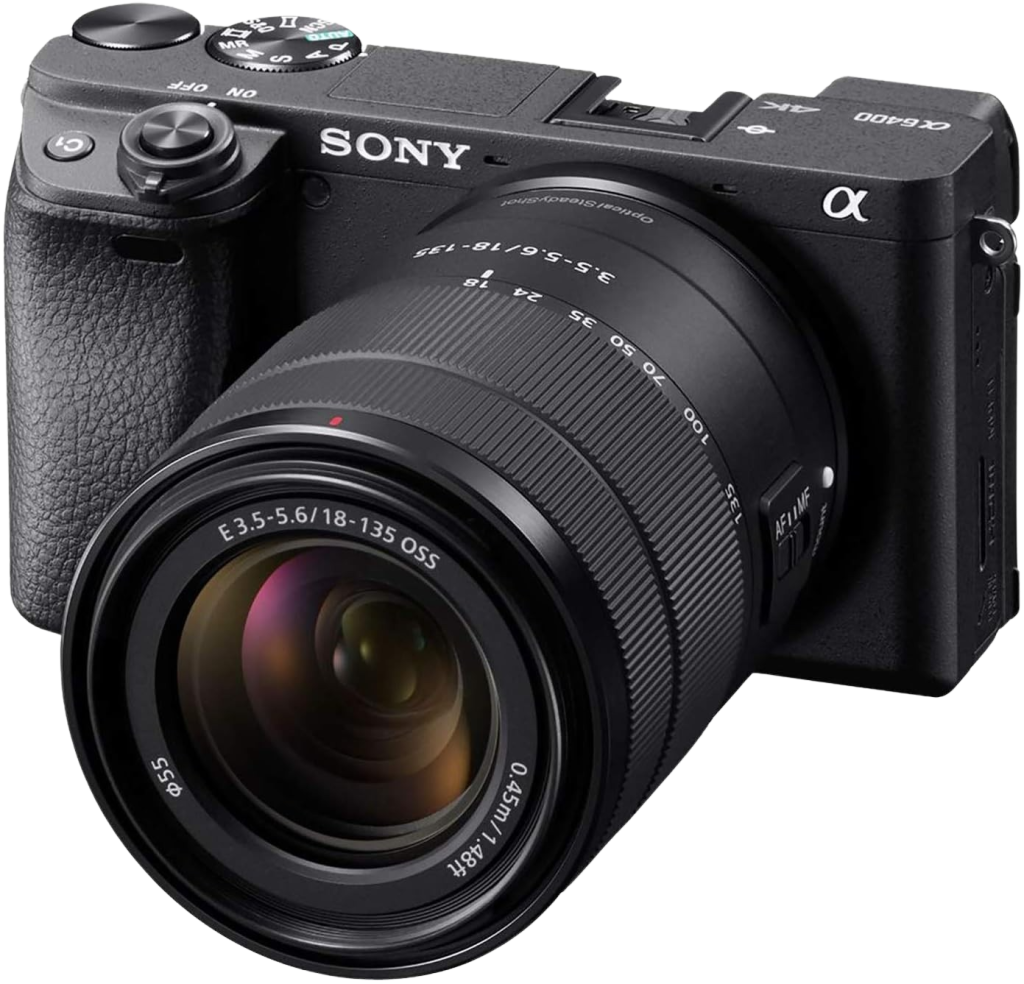
Key Features
- Sensor Size 25mm
- Wide-Angle Lens Compatibility Yes
- Bracketing and HDR Capability Yes
- Manual Controls Yes
- High resolution 24.2 megapixels
- Fast autofocus 425 focus points
The Sony a6400 mirrorless camera grabbed my attention for real estate photography work due to its convenient use and fantastic features. When capturing the essence of properties, the Sony a6400 offers an advanced APS-C image sensor with 24.2 megapixels. It delivers stunning image quality with efficient light collection.
The wide sensitivity range (ISO 100-102400) provides excellent low-noise performance. In real estate photography, every second counts, and the a6400’s autofocus system doesn’t disappoint. Sony a6400 has the world’s fastest autofocus acquisition time at just 0.02 seconds. With 425 phase detection and 425 contrast-detection AF points covering over 84% of the image area, it can lock onto subjects with remarkable speed and precision.
Real estate photography involves capturing people’s homes, and the a6400’s Real-time Eye-AF and Object Tracking AF ensure that the focus is always spot-on, whether on a person’s eyes or the property itself.
Real estate photographers need speed, and the a6400 delivers up to 11fps continuous shooting with autofocus and auto-exposure tracking. You can capture multiple shots quickly without missing any crucial details.
Sometimes, a picture isn’t enough to showcase a property’s beauty. That’s where the a6400’s 4K video features shine. With full pixel readout and no pixel binning, it produces excellent 4K footage with incredible detail and depth. It’s perfect for creating captivating property tours.
If you want smooth and stable focusing videos, the a6400’s Fast Hybrid AF technology has everything for you. It keeps your subject in constant, smooth focus, even during motion. Also, the touch focus functionality on the tilting LCD screen makes it ideal for vlogging and video content creation.
The 180-degree tilting LCD touchscreen is a lifesaver for self-recording. Whether you’re shooting yourself for vlogs or adjusting the composition, this feature is incredibly useful.
You can touch to focus, initiate the shutter, and adjust the focus area position using the viewfinder. It’s intuitive and adds a layer of convenience to your workflow.
Whether you’re capturing cosy apartments, sprawling estates, or anything else, the Sony a6400 is versatile enough. Its image quality, speed, and video capabilities make it a fantastic choice for any real estate photography niche.
Pros & Cons
Pros
Cons
Check Out More Reviews Here.
Product link
5. Panasonic LUMIX GH5- Best Camera for Real Estate Photography and Video
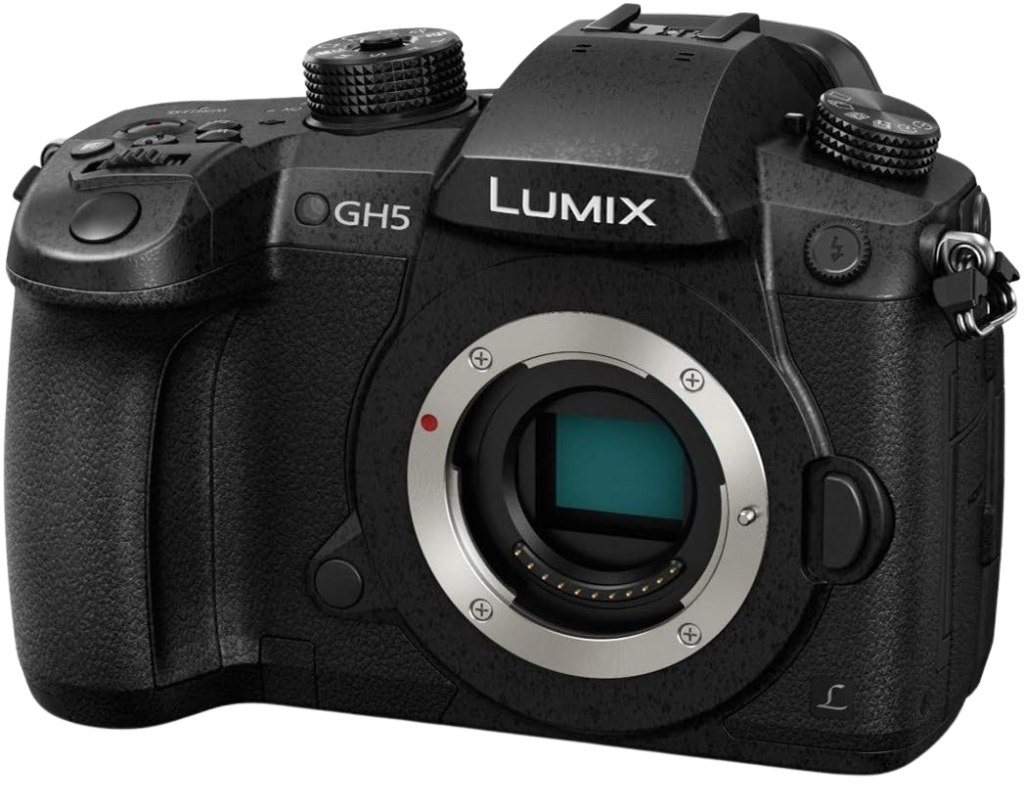
Key Features
- Sensor Size 17mm
- Wide-Angle Lens Compatibility Yes
- Bracketing and HDR Capability Yes
- Manual Controls Yes
- High resolution 20.3 megapixels
- Fast autofocus 225 focus points
The Panasonic Lumix DC-GH5 is a groundbreaking addition to the world of hybrid cameras. Featuring a 20MP Four Thirds sensor and a wealth of video-centric features, it builds on the success of its predecessor, the GH4, making it a go-to choice for real estate videographers and photographers.
Panasonic has taken a significant step forward by upgrading the GH4 into GH5. One of the GH5’s best features is its ability to shoot stunning 4K footage at frame rates up to 59.94p and 48p (or 50p for PAL users). What sets it apart is the oversampling from 5.1K, resulting in incredibly sharp footage that fully utilizes the sensor’s potential. The internal recording offers 8-bit 4:2:0 IPB encoding at up to 150Mbps, but the GH5 truly shines when paired with an external recorder, delivering even higher quality. Also, 4K video recording uses the full sensor width without time restrictions.
At lower frame rates, the GH5 captures 10-bit, 4:2:2 footage internally, a quality level that previously required an external recorder for the GH4.
This Panasonic mirrorless camera for real estate photography comes with the latest iteration of Panasonic’s Depth From Defocus (DFD) autofocus system. This cutting-edge system uses pairs of images to create a depth map of the scene, enabling quicker and more precise focus.
With a higher-resolution depth map and improved motion interpretation algorithms, the GH5’s autofocus is faster and more reliable than ever. Panasonic has added more autofocus configuration options to adapt to various subject movements.
Panasonic has emphasized that the GH5 isn’t just for video; it’s also a powerhouse for still photography. Thanks to its enhanced processing power, the camera can analyze a broader image area when calculating colour values for each pixel, resulting in superior JPEG resolution. Also, the GH5’s advanced processing enables more refined sharpening and improved noise reduction that distinguishes between noise and detail.
On the photography front, the GH5 elevates its video-derived stills features, such as 4K Photo, Post Focus, and Focus Stacking. Leveraging its higher pixel count sensor and robust processor, the GH5 introduces ‘6K Photo’ modes at speeds up to 30 fps and 4K Photo at 60 fps to offer various ways to capture the perfect moment from a short video clip.
With its excellent video features, improved autofocus system, and enhanced still photography features, the GH5 delivers outstanding performance in both video and photography for real estate photographers.
Pros & Cons
Pros
Cons
Check Out More Reviews Here.
Product link
6. Nikon D750- Best Affordable Camera for Real Estate Photography
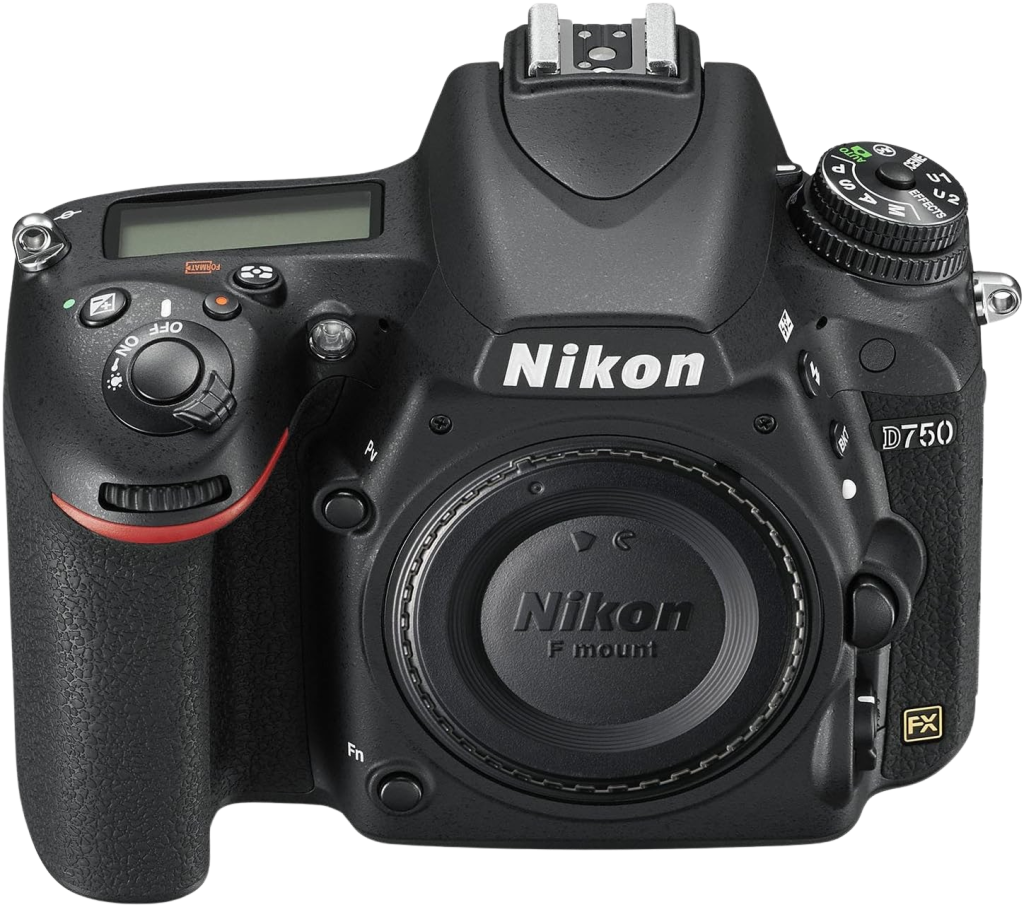
Key Features
- Sensor Size 35mm
- Wide-Angle Lens Compatibility Yes
- Bracketing and HDR Capability Yes
- Manual Controls Yes
- High resolution 24.3 megapixels
- Fast autofocus 51 focus points
When it comes to capturing stunning real estate photos on a budget, the Nikon D750 emerges as a top contender for the title of the best affordable camera for real estate photography. Its features, image quality, and affordability make it a decent choice for real estate photographers.
The Nikon D750 has a 24MP full-frame sensor that delivers exceptional image quality. In real estate photography, having a full-frame sensor is a significant advantage. It allows for wider angles and better low-light performance, which is crucial when shooting interiors.
Real estate photography captures spaces with varying lighting conditions, from bright windows to dimly lit rooms. The D750’s wide dynamic range ensures you can retain detail in highlight and shadow areas.
Framing shots from various angles is essential in real estate photography, and the D750’s tilting LCD screen simplifies this task. It allows you to compose shots comfortably, even from challenging angles.
The camera’s advanced autofocus system and fast processor provide quick and accurate focus on key elements in your shots. This is particularly beneficial when highlighting architectural details or specific room features.
As a Real estate photographer, I had to deal with diverse environments, and I know how important it is to have a durable camera by your side. The weather-sealed construction of the Nikon D750 means you can confidently shoot in less-than-ideal conditions. Whether you’re photographing a cosy suburban home or a rustic cabin, this camera can handle it.
In the digital age, the ability to transfer photos quickly and wirelessly is a valuable asset. There is built-in Wi-Fi in D750 to simplify sharing your stunning real estate images with clients and colleagues.
The reason why we chose the Nikon D750 for real estate photography was an ideal balance between the fantastic features, affordable price, and performance. Its full-frame sensor, wide dynamic range, and tilting LCD screen make it a versatile tool for capturing interiors, while its fast autofocus and weather-sealed construction ensure reliability in various shooting conditions.
Pros & Cons
Pros
Cons
Check Out More Reviews Here.
Product link
7. Fujifilm X-S10- Best Budget Camera for Real Estate Photography
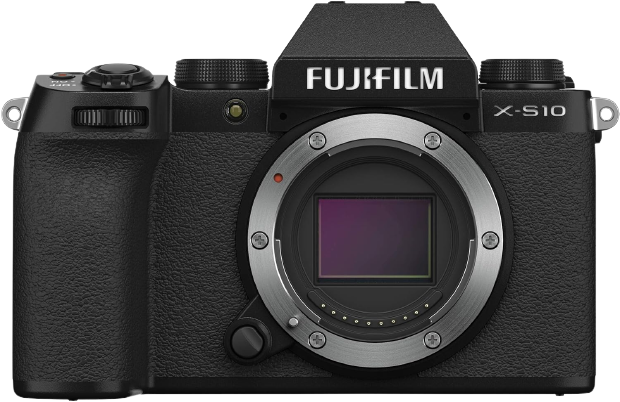
Key Features
- Sensor Size 26.1 mm
- Wide-Angle Lens Compatibility Yes
- Bracketing and HDR Capability Yes
- Manual Controls Yes
- High resolution 16.3 megapixels
- Fast autofocus 425 focus points
The Fujifilm X-S10, released in late 2020, is a camera designed with DSLR users in mind, offering an affordable entry point into the world of mirrorless photography. Its key selling point for real estate photography is its compact design, which makes it easy to handle and carry for extended shooting sessions.
The prime feature for real estate photographers is the X-S10’s on-chip phase detection autofocus system. It provides quick and accurate focus across the frame to effortlessly capture sharp and detailed images of interior spaces. With up to 425 selectable focus points, including face and eye detection, it perfectly locks onto subjects in different shooting conditions.
Another benefit for real estate photographers is the X-S10’s fully articulated screen. This feature allows for easy framing and composition adjustments, especially when shooting from different angles or in tight spaces. It’s useful when capturing images of interiors with unique angles and perspectives.
The camera’s image quality is amazing, with its 26.2MP X-Trans CMOS 4 sensor and Fujifilm’s popular Film Simulation settings. It offers attractive colour profiles to improve the visual appeal of real estate photos. The in-camera raw conversion also allows for applying these looks retrospectively after shooting to save your time in post-processing.
The X-S10’s buffer size is a drawback for real estate photographers who rely on rapid shooting. With only 23 raw frames at full resolution, the camera frequently pauses to clear the buffer, frustrating during fast-paced shoots.
Also, the camera offers image stabilization (IBIS), but it falls behind some competitors in this regard, particularly for long exposures.
Such limitation affects the quality of low-light real estate shots. This compact real estate photography camera lacks weather sealing, a concern for photographers working in challenging outdoor conditions.
Besides these drawbacks, the Fujifilm X-S10 is a great option for real estate photography thanks to its compact design, reliable autofocus system, and excellent image quality. Its fully articulated screen and Film Simulation settings add to its appeal. Remember, it cannot replace professional-grade real estate cameras, but still, it offers a compelling choice for those looking to transition from DSLRs or start in real estate photography on a budget.
Pros & Cons
Pros
Cons
Check Out More Reviews Here.
Product link
8. Sony a7 III
Image
Key Features
- Sensor Size 35 mm
- Wide-Angle Lens Compatibility Yes
- Bracketing and HDR Capability Yes
- Manual Controls Yes
- High resolution 24.2 megapixels
- Fast autofocus 693 focus points
The Sony A7 III, introduced in 2018, has become a versatile and popular choice for photographers, including those in the real estate photography industry. Its flexibility and feature set make it the best camera for real estate photography.
Starting with the 5-axis image stabilization, one of the most important features of real estate photography, this stabilization system helps capture sharp and blur-free images, especially when shooting in low light or using slower shutter speeds. This stabilization is invaluable in maintaining image quality for real estate photographers who often work in different lighting conditions.
Despite its compact size, the A7 III boasts impressive specifications. With a maximum shooting rate of 10 frames per second and a 4K video function, it is great for both stills and video needs. The 4K video recording, headphone, and microphone jacks offer the potential to create high-quality property walkthroughs and virtual tours.
Handling-wise, the A7 III is comfortable and user-friendly, with customizable buttons for quick access to frequently used settings. However, its LCD screen, while tiltable, is not fully articulating, which is a limitation problem when shooting from challenging angles or in portrait orientation.
Weather resistance is a bonus for photographers encountering adverse conditions during outdoor real estate shoots. The magnesium alloy construction and weather sealing give the camera durability and reliability.
There are a few downsides to consider. You may find the need for extra accessories, such as a battery grip, when using larger lenses, impacting its otherwise compact design. An interval meter as a built-in feature may only satisfy photographers who need time-lapse functionality.
Regarding image quality, the 24MP sensor offers a good dynamic range, but it is insufficient for those who need to make large prints. Also, the camera exhibits banding and moiré patterns in specific situations, such as shooting under certain artificial lighting or capturing repetitive patterns.
Despite these minor drawbacks, the Sony A7 III is a versatile and competent camera for real estate photography. Its image stabilization, 4K video functions, and durable construction make it well-suited for capturing properties and interiors effectively.
Pros & Cons
Pros
Cons
Check Out More Reviews Here.
Product link
https://www.amazon.com/Sony-Full-Frame-Mirrorless-Interchangeable-Lens-ILCE7M3/dp/B07B43WPVK
9. DJI Mavic 2 Pro- Best Drone for Real Estate Photography
Image
Key Features
- Sensor Size 12 mm
- Wide-Angle Lens Compatibility Yes
- Bracketing and HDR Capability Yes
- Manual Controls Yes
- High resolution 20 megapixels
- Fast autofocus NA
The DJI Mavic 2 Pro is one of the best small drones for real estate photography. This compact marvel offers superior image and video quality, automated obstacle avoidance, and an impressive battery life.
This DJI drone is a co-engineered camera with Hasselblad, known for unparalleled image quality. Equipped with a 1-inch sensor and an adjustable aperture lens, it allows you to capture high-quality shots with precise control over lighting. DJI’s 3-axis gimbal technology ensures your footage is ultra-smooth to add a professional touch to your real estate photography.
In terms of design, it takes cues from its predecessor, the Mavic Pro, with a slight increase in size. When folded, it measures a convenient 3.3 by 3.6 by 8.4 inches and extends to 3.3 by 9.5 by 12.7 inches with arms unfolded. The setup is straightforward; just swing out the front arms before the bottom ones to prevent collisions. Weighing a mere 2 pounds, it falls under FAA regulations, so you don’t need to worry about legal problems.
The remote controller is user-friendly, with a familiar layout. It features a customizable cable to connect your smartphone, which conveniently mounts below the controller. The clips securely hold your device to accommodate larger phablets.
The Mavic 2 Pro’s battery life significantly improves, averaging between 26-28 minutes of flight time. DJI claims up to 31 minutes, but prudent flight management is recommended to prolong the drone’s life. The obstacle avoidance system is outstanding, with sensors in all directions that enable obstacle detection in flight modes like forward, rear, upward, or downward.
The camera of the DJI Mavic 2 Pro is a showstopper. Capable of recording up to 4K UHD at 100Mbps, with a choice of H.264 or H.265 compression, the camera leverages Hasselblad’s colour science technology to deliver stunning colour profiles. It accommodates seasoned pros with its Dlog-M format and beginners with ready-to-edit footage in standard colour profiles.
Compact and lightweight, it’s perfect for travellers and easily fits into a camera backpack. The imaging sensor’s versatility and 1-inch screen size yield great results. The drone captures in JPEG, RAW, and DNG formats to provide flexibility for photographers.
Pros & Cons
Pros
Cons
Check Out More Reviews Here.
Product link
10. Canon EOS 6D Mark II
Image
Key Features
- Sensor Size 35 mm
- Wide-Angle Lens Compatibility Yes
- Bracketing and HDR Capability Yes
- Manual Controls Yes
- High resolution 26.2 megapixels
- Fast autofocus 45 focus points
The Canon EOS 6D Mark II is the best full-frame DSLR camera for real estate photography. It succeeds the original EOS 6D, positioning itself as an affordable full-frame option in Canon’s lineup. However, it brings significant improvements, making it a compelling choice for those seeking higher performance.
The first attention-grabbing aspect of the EOS 6D Mark II is a fully articulated touch-screen monitor, the first for Canon’s full-frame DSLRs. This screen offers flexibility and convenience previously unavailable in the EOS 6D, which had a fixed non-touch screen. The 6D Mark II offers a new 26.2-megapixel sensor, substantially improving over the 20.2-megapixel sensor in the original 6D. The sensor also has Dual Pixel CMOS AF for smooth and precise refocusing during live view and video shooting.
The autofocus system has transformed, adopting a 45-point all-cross-type AF sensor. Continuous shooting speed has also been improved to 6.5fps. Despite its compact size, the 6D Mark II offers a range of smart features. The various-angle rear touchscreen leverages Canon’s fast Dual Pixel CMOS AF for smooth live-view autofocus.
However, there are some downsides. It only has one SD card slot, while competitors in its price range feature two. It’s also worth noting that the 6D Mark II lacks a 4K video recording.
The new sensor of this camera, Dual Pixel CMOS AF, and DIGIC 7 image processor combine to provide an ISO range of 100-40,000, expandable to 50-104,400. The higher resolution sensor and updated autofocus system contribute to better low-light performance. Action photographers will appreciate the increased frame rate of 6.5fps.
In terms of video, the 6D Mark II doesn’t offer 4K but supports Full HD video at up to 60fps and features in-camera five-axis digital stabilization. This is a significant addition, particularly for real estate videographers who want smoother footage.
The 6D Mark II features a display with a fully-articulating touchscreen. It improves usability, especially for video and macro photography, to compose shots at different angles. The camera also includes built-in GPS, Wi-Fi, NFC, and Bluetooth for seamless connectivity.
Pros & Cons
Pros
Cons
Check Out More Reviews Here.
Product link
What kind of camera do you need for real estate photography?
DSLR and mirrorless cameras offer unique features with different benefits for real estate photography.
A mirrorless camera is the best option if you want convenient portability and advanced features such as 4K video.
A DSLR is the right choice if you prefer a more extensive lens selection, longer battery life, and an optical viewfinder.
A Comprehensive Guide to Choosing the Ideal Camera for Real Estate Photography
Real estate photography is about presenting properties in the best light, figuratively and literally. To capture those stunning interior and exterior shots that can make a listing stand out, it’s essential to choose the right camera. The following are the most important features and considerations when selecting a camera for real estate photography.
- Sensor Size
The first thing you need to consider is your camera’s sensor size. A larger sensor captures more light, resulting in better image quality. When a camera’s sensor is larger, it can gather more light, improving performance in low-light conditions and reducing image noise.
Full-frame cameras like the Canon EOS 5D and Sony Alpha series are excellent for their superior low-light performance and dynamic range.
- Resolution (Megapixels)
Megapixels mean the camera’s ability to capture detail. In simple words, more megapixels result in higher-resolution images with more detail.
A camera with high resolution is crucial for showcasing property features.
Select a camera with 20+ megapixels, such as the Nikon D850, which offers impressive resolution for real estate photography.
- Wide-angle lens Compatibility
The Compatibility with wide-angle lenses enables capturing more of the room. Wide-angle lenses have shorter focal lengths and can capture a broader field of view. It allows you to showcase the space effectively.
Invest in lenses with focal lengths around 16-24mm. Popular choices include the Canon EF 16-35mm and Nikon AF-S 14-24mm.
- Dynamic Range
Dynamic range refers to the camera’s ability to capture details in shadows and highlights. A camera with a wide dynamic range preserves details in areas with varying light intensities.
These cameras are best for interior shots with varying light.
Look for cameras with advanced image sensors like those in the Sony Alpha series or Canon EOS 5D Mark IV.
- Low-Light Performance
You will not be shooting on bright sunny days; therefore, you have to take care of nighttime photography. Make sure to choose a camera that has special low-light performance. Low-light performance measures your camera’s ability to capture quality images in dimly lit environments.
Superior low-light performance is achieved through larger sensors and better image processing.
Sony A7R and Canon EOS 6D Mark II are great for low-light photography and provide clean, noise-free images.
- Tilt-Screen or Articulating LCD
A camera with tilting or fully articulating screens offers flexibility in composition. You can easily tilt or rotate the screen for shots from different angles.
Cameras like the Fujifilm X-S10 with a vari-angle LCD offer versatile shooting options.
- Connectivity
Connectivity options like Wi-Fi and Bluetooth enable seamless image transfer and remote control. These features allow you to connect your camera to a smartphone or tablet for remote control and quick image sharing.
Canon EOS 6D Mark II offers seamless connectivity for on-the-go professionals.
- Optical Image Stabilization (OIS)
OIS reduces the impact of camera shake to provide sharper handheld shots. Image stabilization compensates for small movements during handheld shooting.
Consider cameras with built-in OIS or use lenses with image stabilization.
- HDR and Bracketing
HDR and bracketing features capture multiple exposures for creating well-exposed images. The camera takes a series of shots at different exposures combined in post-processing.
The Panasonic Lumix GH5 offers in-camera HDR functions and bracketing options.
- Price Range
The price range determines the accessibility of the camera for your specific budget. Different cameras offer various features at different price points.
Find a camera that meets your needs without breaking the bank.
Entry-level full-frame cameras like the Canon EOS 6D Mark II and Nikon D750 are the best budget cameras for real estate photography.
- Lens Selection
Lens selection means the availability of a wide selection of lenses for your camera. The camera can use different lenses for various shooting scenarios.
Building a collection of high-quality lenses is just as important as choosing the right camera.
Look for lenses with wide apertures for low-light situations and wide-angle options for interior shots.
Frequently Asked Questions (FAQs)
Do I need a full-frame camera for real estate photography?
Full-frame cameras are best for real estate photography. APS-C cameras can also produce excellent results.
Are mirrorless cameras good for real estate photos?
Mirrorless cameras are a good option for real estate photos as they offer versatility and image quality compared to DSLRs.
What size lens is best for real estate photography?
Wide-angle lenses around 16-24mm are excellent for real estate photography to capture spacious interior shots.
Final words
Real estate photography demands the utmost efficiency and professionalism. Whether it’s a day or night, your ability to capture stunning, high-quality images of a property’s interior and exterior is essential. However, having the right tool for the job is equally critical. To meet the demands of this profession, we recommend investing in one of the professional-grade cameras for real estate photography we’ve highlighted in this guide. Make sure to include quality wide prime or zoom lenses in your kit. These lenses work wonders, making interior spaces appear more spacious and inviting, a well-known trade secret.

